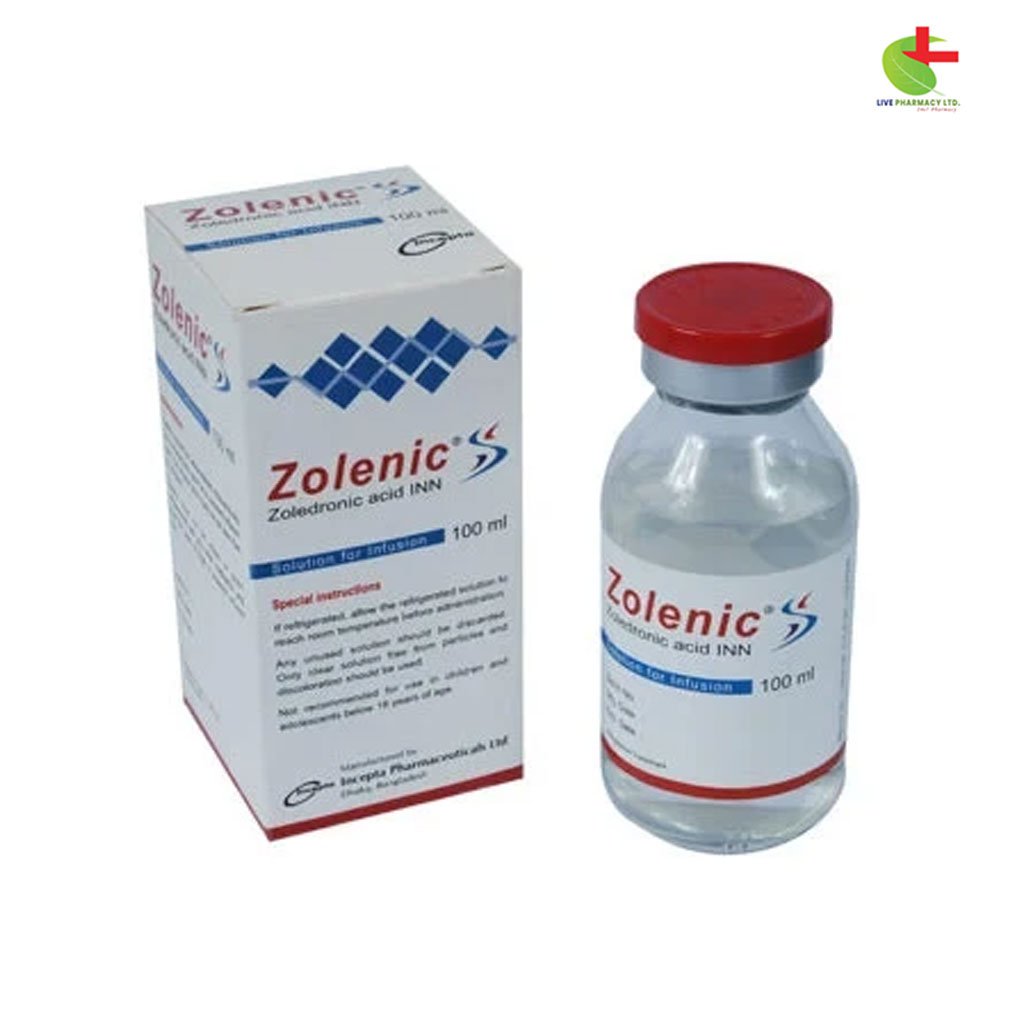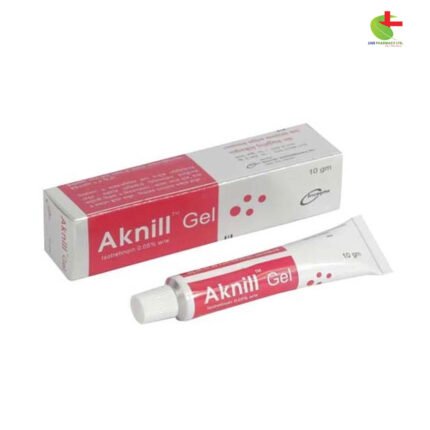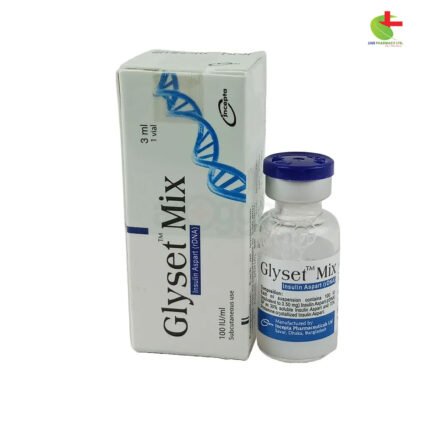Zolenic
6,000.00৳ Bottle (100ml)
- Zolenic IV Infusion is indicated for the treatment and prevention of osteoporosis in postmenopausal women and men, as well as glucocorticoid-induced osteoporosis and Paget’s disease of bone.
- This bisphosphonate works by inhibiting bone resorption, promoting increased bone density and mass.
- Administered as a 5 mg intravenous infusion, it offers a convenient annual or biannual dosing schedule.
 Brand
Brand
|
Incepta Pharmaceuticals Ltd |
|---|---|
 Generics
Generics
|
Zoledronic Acid |
 Type
Type
|
IV Infusion |
Indications
Zolenic is prescribed for:
- The treatment and prevention of postmenopausal osteoporosis.
- Increasing bone mass in men suffering from osteoporosis.
- The treatment and prevention of glucocorticoid-induced osteoporosis.
- Managing Paget’s disease of bone in both men and women.
Usage Limitations: The optimal duration of Zolenic therapy is yet to be established. For patients considered low-risk for fractures, discontinuation after 3 to 5 years may be advisable.
Always follow the guidance of a registered healthcare professional when taking medication.
Pharmacology
Zoledronic Acid, classified as a bisphosphonate, primarily targets bone. It effectively inhibits osteoclast-mediated bone resorption, due to its strong affinity for mineralized bone. Upon intravenous administration, Zoledronic Acid quickly binds to bone and accumulates at sites of heightened bone turnover. The enzyme farnesyl pyrophosphate synthase in osteoclasts is its main molecular target. The prolonged action of Zoledronic Acid is a result of its strong binding affinity to bone minerals.
Dosage
- Osteoporosis Treatment in Postmenopausal Women: Administer a 5 mg infusion intravenously once yearly, delivered over a minimum of 15 minutes.
- Osteoporosis Prevention in Postmenopausal Women: Administer a 5 mg infusion intravenously every 2 years, delivered over a minimum of 15 minutes.
- Osteoporosis in Men: Administer a 5 mg infusion intravenously once yearly, delivered over a minimum of 15 minutes.
- Treatment and Prevention of Glucocorticoid-Induced Osteoporosis: Administer a 5 mg infusion intravenously once yearly, delivered over a minimum of 15 minutes.
- Paget’s Disease of Bone Treatment: A 5 mg infusion is recommended, administered over a minimum of 15 minutes at a constant rate.
- Re-treatment for Paget’s Disease: Re-treatment with Zoledronic Acid may be considered for patients experiencing a relapse, indicated by increased serum alkaline phosphatase, or for those who have not achieved normalization of serum alkaline phosphatase levels, based on clinical judgment.
Calcium and Vitamin D Supplementation: Patients undergoing treatment for Paget’s disease should be informed about the significance of calcium and vitamin D in maintaining adequate serum calcium levels, as well as the signs of hypocalcemia. Patients should intake 1500 mg of elemental calcium daily in divided doses (either 750 mg twice a day or 500 mg thrice a day) and 800 international units of vitamin D daily, especially during the two weeks post-Zoledronic Acid administration.
Patients receiving osteoporosis treatment should also take supplemental calcium and vitamin D if their dietary intake falls short, aiming for at least 1200 mg of calcium and 800-1000 international units of vitamin D daily.
Always follow the guidance of a registered healthcare professional when taking medication.
Administration
Important Instructions for Administration:
- Zoledronic Acid must be given as an intravenous infusion lasting no less than 15 minutes.
- Ensure patients are properly hydrated prior to Zoledronic Acid administration.
- Inspect parenteral drug products for particulate matter and discoloration before administration whenever the solution and container permit.
- Follow each intravenous infusion with a 10 mL normal saline flush of the line.
- Administering acetaminophen after Zoledronic Acid may help mitigate acute-phase reaction symptoms.
Method of Administration:
- The infusion of Zoledronic Acid must last no less than 15 minutes, administered at a constant infusion rate.
- Follow the infusion with a 10 mL normal saline flush of the intravenous line.
- Ensure that Zoledronic Acid solution does not come into contact with calcium or other divalent cation solutions; administer through a separate vented infusion line.
- If refrigerated, allow the solution to return to room temperature before use. Once opened, the solution remains stable for 24 hours when stored between 2°C and 8°C.
Always follow the guidance of a registered healthcare professional when taking medication.
Interactions
- Aminoglycosides: May reduce serum calcium levels for extended periods.
- Loop Diuretics: Can elevate the risk of hypocalcemia.
- Nephrotoxic Drugs: Caution is advised.
- Renally Excreted Drugs: Exposure risk may increase with renal impairment; monitor serum creatinine in at-risk patients.
Contraindications
- Hypocalcemia.
- Creatinine clearance below 35 mL/min and any evidence of acute renal impairment.
- Known hypersensitivity to any component of Zoledronic Acid.
Side Effects
Common adverse reactions (occurring in over 10% of patients) include fever, muscle pain, headache, joint pain, and extremity pain. Other notable reactions can include flu-like symptoms, nausea, vomiting, diarrhea, and eye inflammation.
Pregnancy & Lactation
Zoledronic Acid has the potential to cause fetal harm and should be avoided in women of childbearing potential. Nursing mothers should not receive Zoledronic Acid.
Precautions & Warnings
- Hypocalcemia: Risk may increase during treatment; ensure adequate calcium and vitamin D supplementation.
- Renal Impairment: Administer no more than 5 mg as a single dose, with a minimum infusion duration of 15 minutes. Renal toxicity risk is higher in patients with pre-existing renal issues or other risk factors such as advanced age or dehydration. Monitor creatinine clearance before each dose.
- Osteonecrosis of the Jaw (ONJ): Routine oral examinations by the prescriber are recommended prior to treatment.
- Atypical Femur Fractures: Patients reporting thigh or groin pain should be assessed for possible femoral fractures.
- Severe Bone, Joint, and Muscle Pain: If severe symptoms arise, future doses of Zolenic should be withheld.
Use in Special Populations
- Pediatric Use: Not approved for pediatric patients.
- Geriatric Use: Close monitoring of renal function is essential.
- Renal Impairment: Zolenic is contraindicated for those with creatinine clearance below 35 mL/min and acute renal impairment. No dosage adjustment is needed for those with a creatinine clearance of 35 mL/min or greater.
- Hepatic Impairment: Zolenic is not metabolized in the liver, and clinical data regarding its use in hepatic impairment is lacking.
Overdose Effects
Patients receiving doses exceeding the recommended limits should be closely monitored. Overdose may lead to significant renal impairment, hypocalcemia, hypophosphatemia, and hypomagnesemia. Correct clinically relevant reductions in serum calcium, phosphorus, and magnesium through intravenous administration of calcium gluconate, potassium or sodium phosphate, and magnesium sulfate. Single doses of Zolenic should not surpass 5 mg, and infusion duration must not be less than 15 minutes.
Therapeutic Class
Bisphosphonate preparations.
Storage Conditions
Store below 30°C prior to opening, away from moisture and light. Zolenic must be kept out of reach of children













Reviews
There are no reviews yet.